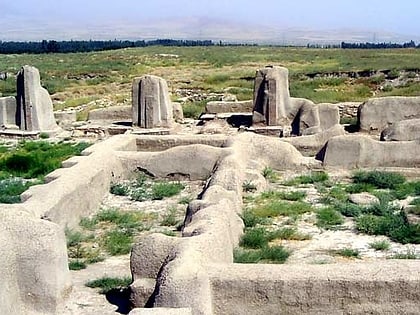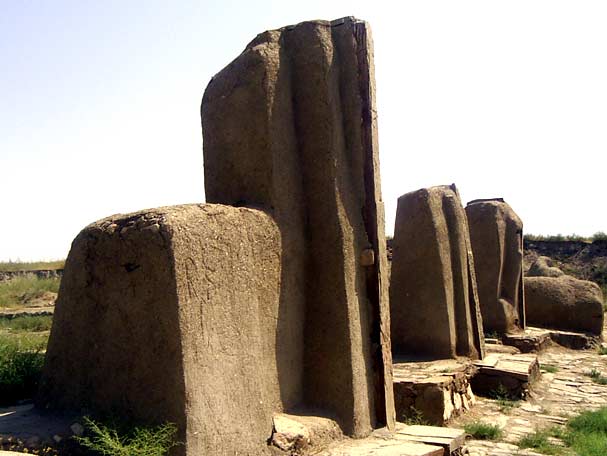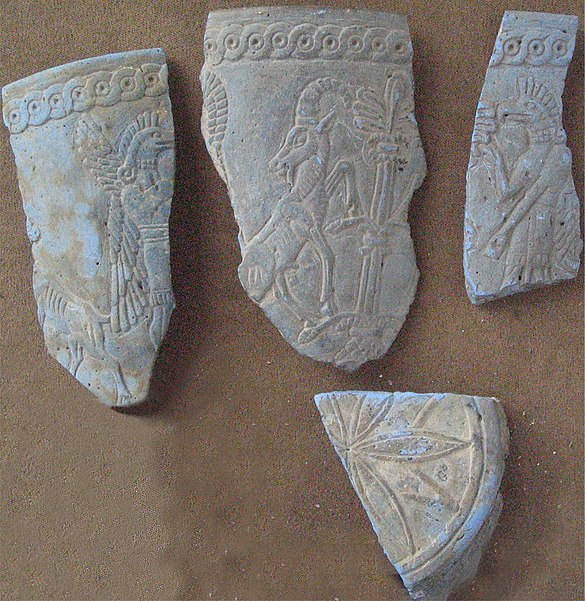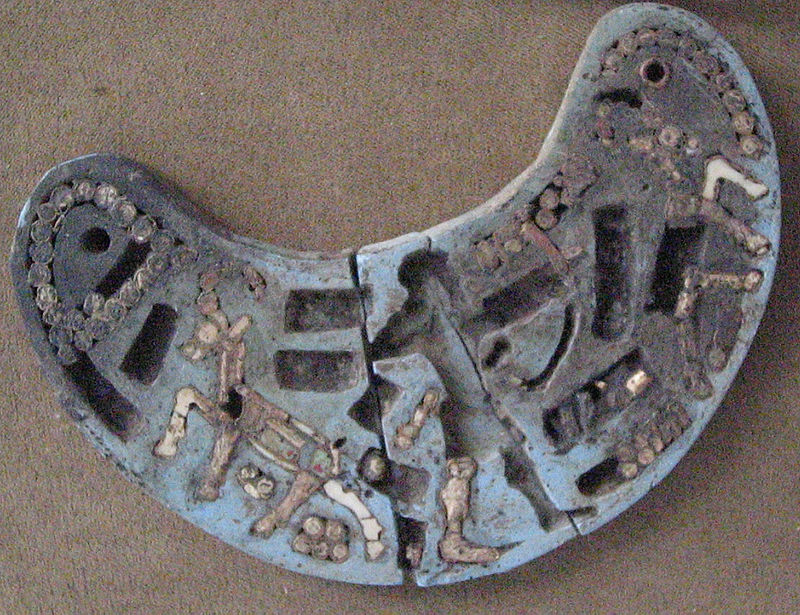Teppe Hasanlu
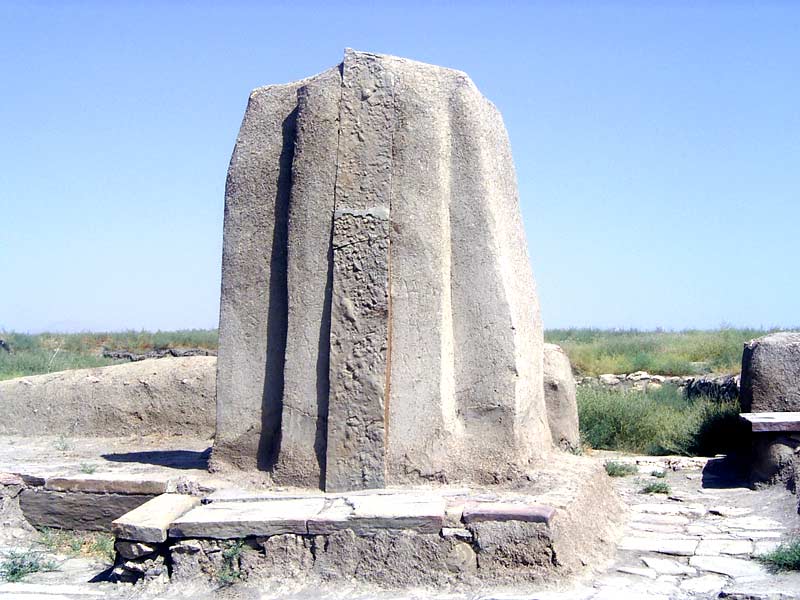
Facts and practical information
Teppe Hasanlu, nestled within the captivating landscape of northwestern Iran, is an archaeological site that bears witness to the rich tapestry of human history. This ancient mound, which dates back to approximately 6,000 years ago, offers a unique window into the lives and cultures of the various civilizations that once thrived in the region.
The site gained international fame following the discovery of the "Hasanlu Lovers," a poignant skeletal remains of two individuals who appear to have died embracing each other. This evocative find, believed to be from around 800 BCE, has captivated the imagination of scholars and laypeople alike, symbolizing the human capacity for affection that transcends time.
Excavations at Teppe Hasanlu have unearthed a wealth of artifacts, including pottery, metalwork, and remnants of buildings that chronicle the evolution of settlement patterns and societal structures. The site's stratigraphy reveals layers of occupation from the Neolithic Age through the Iron Age, culminating in its destruction by fire in the 9th century BCE.
The significance of Teppe Hasanlu lies not only in its contributions to our understanding of the prehistoric and early historic periods in the Near East but also in its testament to the resilience and creativity of ancient societies. As an archaeological site, it continues to be a focal point for research, offering insights into the complex interplay of cultural dynamics in this historically rich area.
West Azarbaijan
Teppe Hasanlu – popular in the area (distance from the attraction)
Nearby attractions include: Hajji Firuz Tepe.
